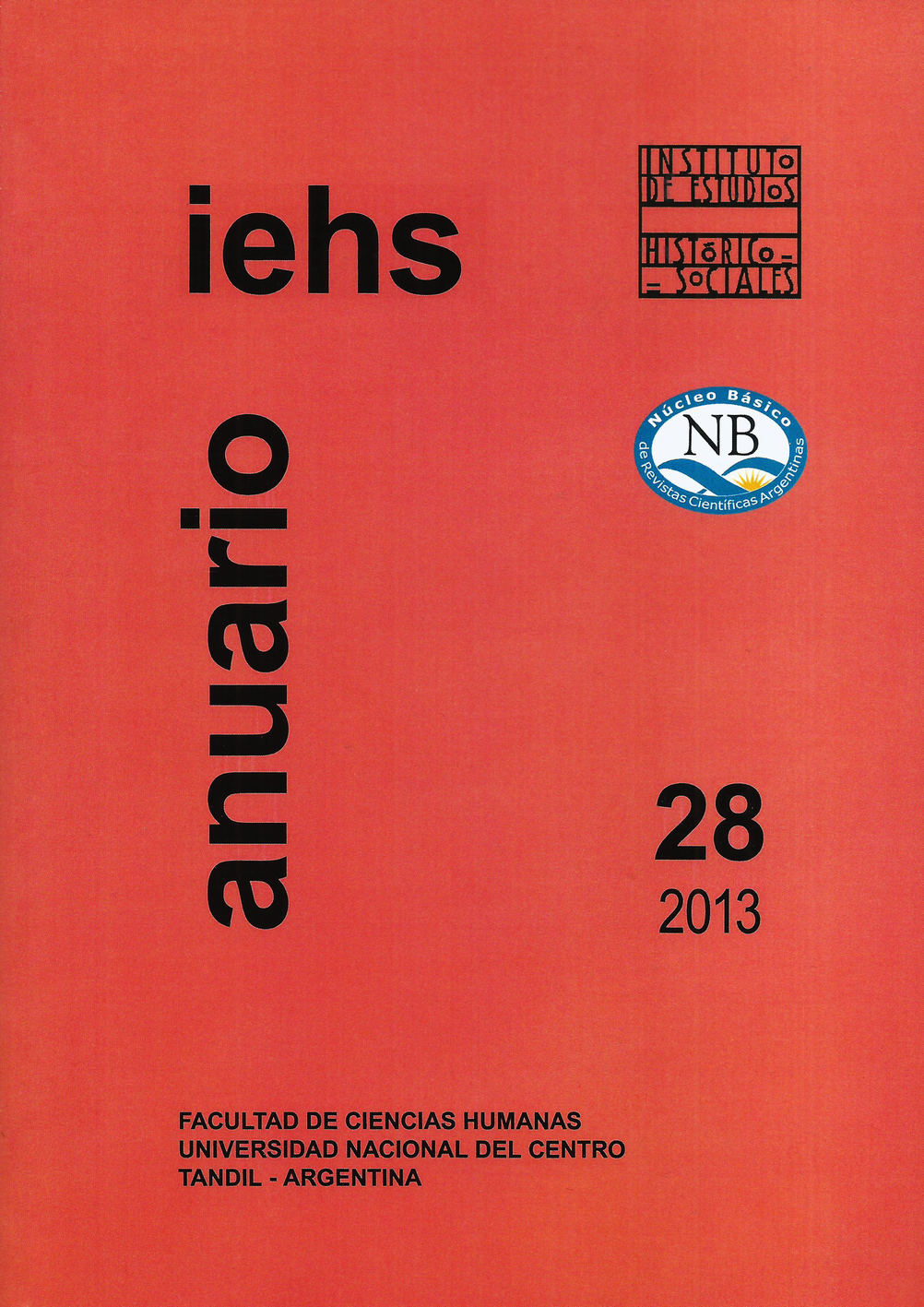El antifascismo como fuerza movilizadora: Fanny Edelman y la Federación Democrática Internacional de Mujeres (FDIM)
Keywords:
Gender, Antifascism, Communism, Fanny Edelman, FDIMAbstract
This study of the political life of Fanny Edelman addresses three questions: How can we understand and define what is "antifascist activism"? What are some of the historical transformations of antifascism as a strategy of mobilization? And what do we learn about the strategies of antifascist activism from the perspective of gender as a category of historical analysis? I propose that the focus on Fanny Edelman’s life and her activism in Argentina, in Spain, and especially in international organizations like the Women’s International Democratic Federation (WIDF) allows us to better understand the role of the individual in collective political action – thereby overcoming the misunderstandings that prevail in some histories of parties or other political organizations that suggest there are no differences between the stories of individual lives and those of political institutions. Through the biographical lens we can trace specific mobilization strategies and link those to the wide range of antifascist activisms - as well as to national and international changes. Here, I adopt some of the central ideas presented in the analytical framework proposed by Andrés Bisso, who examines antifascism, a global phenomenon, on the local level - and who shows the role antifascism has played in the construction of political identities. Inspired by his way of connecting global and local levels, I argue that we can conceptualize the WIDF as an institutional representation of antifascist activism in a global context.
References
.
Downloads
Published
Issue
Section
License
Copyright (c) 2024 Anuario IEHS

This work is licensed under a Creative Commons Attribution-NonCommercial 4.0 International License.



